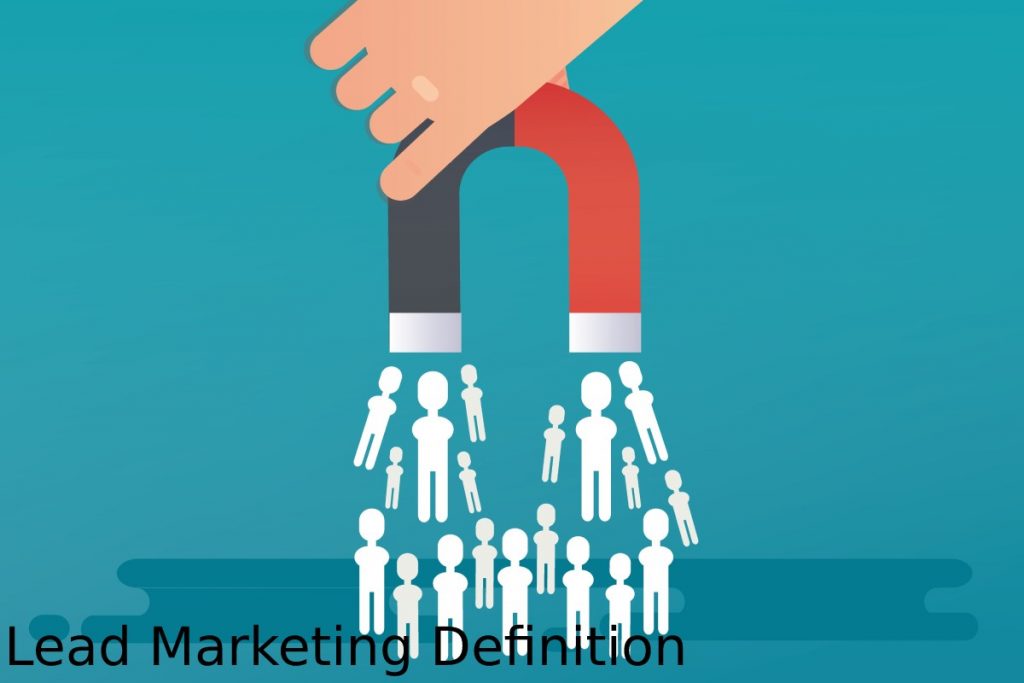Table of Contents
Lead Marketing
Lead marketing, or lead-generation marketing, attracts potential customers and then converts them into buyers.
What is lead Marketing?
The first step to establishing a relationship with potential customers is to encourage them to share their data.
Examples of ways to get leads are:
- Download an e-book in exchange for contact information.
- Subscribe to your company’s newsletter or
- Register for a high-quality webinar.
The challenge in lead marketing is to attract the attention of potential customers and earn their trust.
That is why most companies use multiple channels to meet this challenge:
- Search engine optimization (SEO)
- Search engine advertising
- Social media
- Landing pages
- Advertising banner
- Online public relations
- Fairs
- Conferences
- High-quality content
Summary
Lead marketing, or lead generation marketing, is the process of stimulating the interest of potential customers and then converting them into buyers.
It is usually done through different channels in online marketing.
Lead generation through content:
- The use of pertinent content is essential to generate high-quality leads. Somewhat than rushing in like a bull at a gate, it’s necessary to generate interest in the company’s products via quality content.
- Furthermore, it’s essential to provide the right content to prospective buyers at the right contact points (touchpoints).
- Here Lead marketing is also about accompanying your prospects along their customer journey. So it is essential to develop a relationship with your potential customer before making any sales contact.
- However, each customer’s journey may be slightly different. Therefore, this pathway can be roughly divided into specific phases.
According to the well-known AIDA marketing formula, these correspond to attention, – desire, – action.
Awareness: the customer’s consciousness of a need
Consideration: determining to move on or evaluating the worth
Decision: making the purchase
Through the ‘information research’ phase, the consumer needs to be addressed differently because he is yet to make a purchase decision:
- A keyword search can identify and gather standard search queries the user may employ.
- You can then capture his care with blog articles and videos offering solutions.
Illustrating product advantages:
- If the user has previously sampled information from the company and found it helpful, he may request an e-book download or register for a newsletter.
- When he provides his contact details, personalizing marketing campaigns can be set up via email.
- With content tailored to each phase of the customer journey, his individual needs are taken into account at each point.
- Here, the Customer Journey Content Map is one approach that explains how to develop relevant content for each stage in the buying process.
- Numerous companies use a customer relationship management (CRM) system such as Salesforce or a marketing automation software package like Market to manage leads, and address targeted contacts.
- These tools not only collate annals on leads and customers, but they can also store information about previous activities and interactions.
- It will allow you to manage and evaluate your leads, set up personalized campaigns, and initiate sales contacts appropriately.
Also Read: Network Marketing Lead Generation – Strategies, and More
